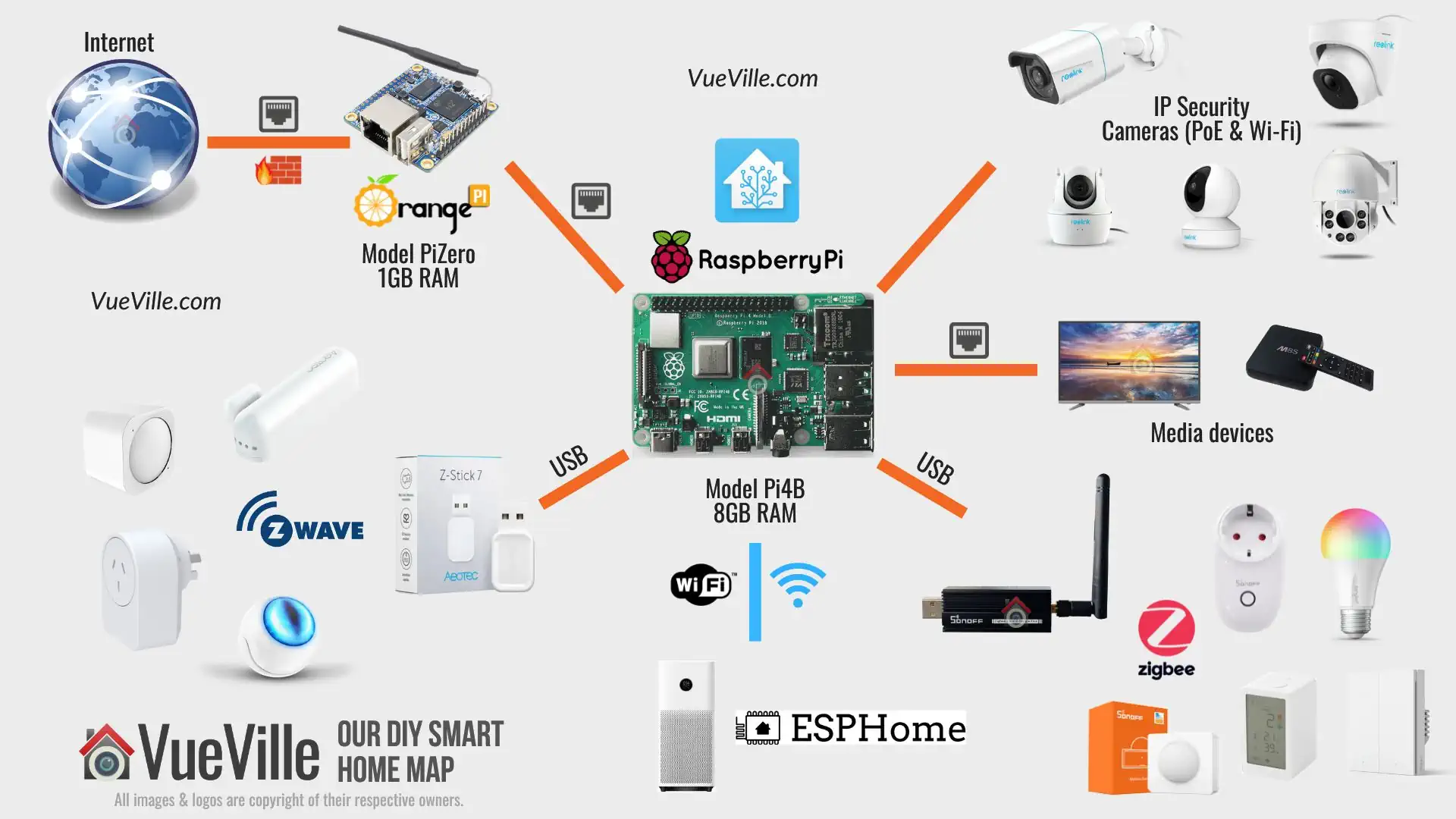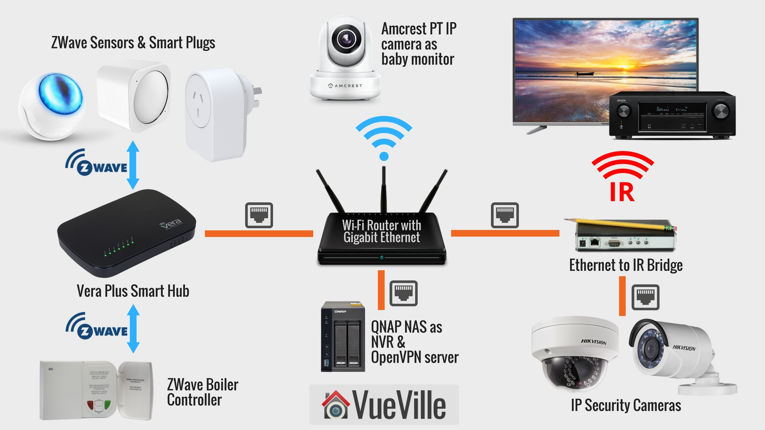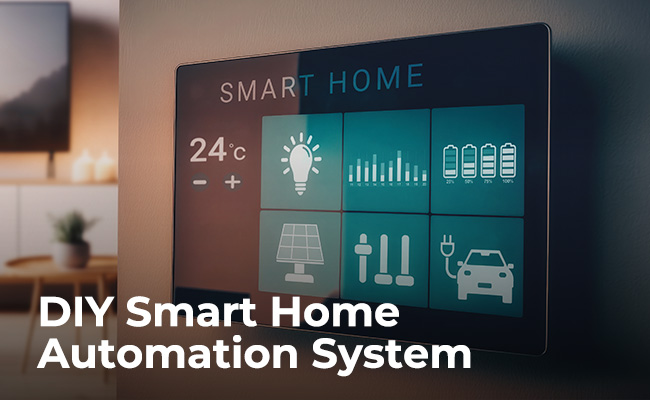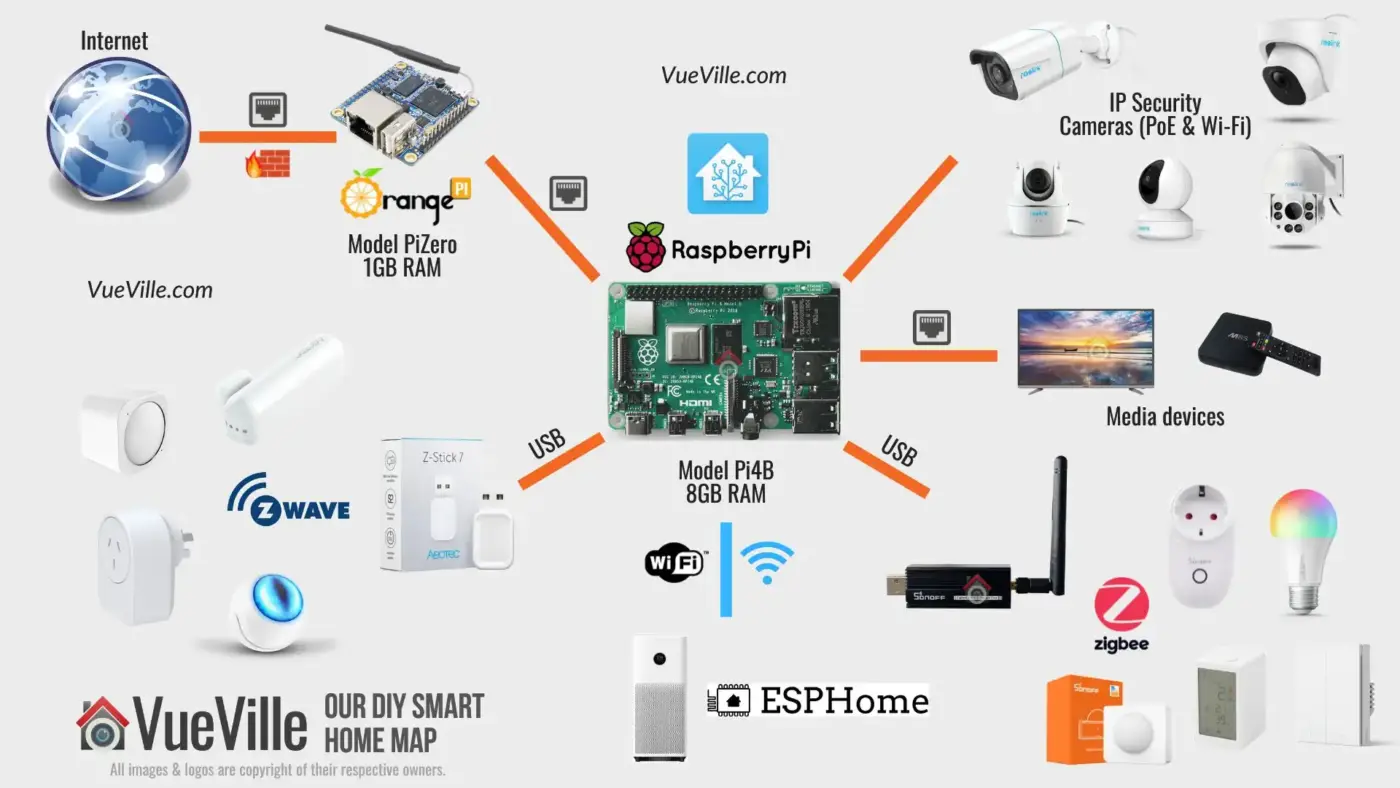DIY Smart Home Setup: A Complete Guide for Building Your Own Smart Home

The rise of smart home technology has revolutionized the way we live, offering enhanced convenience, comfort, energy efficiency, and security. But did you know that you can build your own DIY smart home without breaking the bank? A DIY smart home setup gives you the flexibility to choose your devices, create a custom automation system, and save on installation costs.
In this detailed guide, we’ll walk you through the essentials of building a DIY smart home setup, including the necessary components, step-by-step instructions, and tips for integrating devices seamlessly. Whether you’re starting from scratch or upgrading your current system, this guide will help you create a smart home ecosystem that fits your needs.
What is a DIY Smart Home Setup?
A DIY smart home setup refers to building and configuring a smart home system using off-the-shelf devices and tools without professional installation. The goal is to automate and control various aspects of your home, such as lighting, security, entertainment, and climate control, through a centralized system that you can control via your smartphone or voice.
In a DIY smart home, you have full control over the devices and automation. You can customize the system based on your preferences and budget, which is a major advantage over traditional smart home installations.

Key Components of a DIY Smart Home Setup
Building a DIY smart home setup involves selecting various devices that work together to create a cohesive, automated system. Here are the essential components to consider:
1. Smart Hub or Platform
The smart hub is the heart of your DIY smart home setup. It’s a centralized platform that connects and controls all your smart devices. Popular smart hubs include:
- Amazon Alexa: Alexa-powered devices, such as the Echo Dot or Echo Show, are compatible with a wide range of smart home products.
- Google Assistant: Google Nest Hub and Google Home devices allow you to control compatible devices with voice commands and through the Google Home app.
- Apple HomeKit: If you’re an Apple user, HomeKit offers seamless integration with iOS devices and third-party smart products.
Each hub has its strengths, so choose one that aligns with your preferences and existing tech ecosystem.
2. Smart Lighting
Smart lighting is one of the easiest and most popular ways to get started with home automation. With smart bulbs, you can control the color, brightness, and schedule of your lights remotely. Some popular smart lighting brands include:
- Philips Hue: Known for its wide range of bulbs and hubs that integrate with various smart assistants.
- LIFX: Offers color-changing bulbs that connect directly to Wi-Fi without needing a hub.
3. Smart Thermostats
A smart thermostat allows you to control your home’s temperature remotely and set schedules for energy efficiency. Some popular smart thermostats include:
- Nest Learning Thermostat: It learns your habits and adjusts the temperature accordingly, saving energy while maintaining comfort.
- Ecobee SmartThermostat: Comes with a room sensor to detect temperature and occupancy in different rooms, optimizing climate control.
4. Smart Security Cameras
Security is one of the top priorities for any smart home. Smart security cameras allow you to monitor your home remotely, receive alerts, and even speak to visitors through two-way audio. Some great options include:
- Reolink: Offers a range of high-quality security cameras for indoor and outdoor use.
- Ring: Famous for its video doorbells, Ring offers complete smart security solutions, including cameras and floodlight systems.

5. Smart Plugs and Outlets
With smart plugs, you can turn any ordinary appliance into a smart device. These plugs can be controlled remotely via apps or voice assistants. Some popular brands include:
- TP-Link Kasa Smart Plugs: Simple and affordable plugs that integrate well with Google Assistant and Alexa.
- Wemo Mini Smart Plug: Offers a compact design and works seamlessly with Apple HomeKit.
6. Smart Speakers
A smart speaker is essential for voice control of your DIY smart home. They also double as entertainment systems. Popular models include:
- Amazon Echo: Known for its excellent voice assistant features and compatibility with other smart devices.
- Google Nest Audio: Delivers high-quality sound and works well with Google Assistant.
7. Smart Locks
Smart locks allow you to control access to your home, monitor who’s entering or leaving, and even set temporary codes for guests. Top brands include:
- August Smart Lock: Provides easy installation and compatibility with most deadbolts.
- Schlage Encode: A robust lock with built-in Wi-Fi and Amazon Key integration for easy control via Alexa.
Steps to Set Up Your DIY Smart Home
Now that you understand the essential components of a DIY smart home setup, let’s walk through the process of putting it all together.
Step 1: Plan Your Smart Home System
Before diving into the installation, take the time to plan your smart home. Consider the following:
- What devices do you want to automate?
- How many rooms will be included in the setup?
- Do you want to use voice control, a mobile app, or both?
Having a clear plan will help ensure that all your devices work together and fit your lifestyle.
Step 2: Set Up the Hub
Begin by setting up your smart hub or voice assistant. Follow the instructions provided by the manufacturer to connect the hub to your home’s Wi-Fi network. Once connected, download the corresponding app (Alexa, Google Home, or Apple HomeKit) to your smartphone.
Step 3: Install Smart Devices
Start adding your devices to the system. Begin with simpler devices like smart bulbs and smart plugs before progressing to more complex systems like smart thermostats and security cameras. Most devices can be added by scanning QR codes or following in-app instructions.
Step 4: Automate and Integrate
Once your devices are connected, you can begin automating your home. Most hubs allow you to create routines, scenes, or triggers. For example:
- Set your lights to turn on automatically when you arrive home.
- Schedule your thermostat to lower the temperature when you’re away.
- Program your security cameras to activate at night.
Step 5: Test Your Setup
After all devices are set up and automated, test each one to ensure everything is working as expected. Try using voice commands, mobile apps, and any routines you’ve set to make sure your smart home ecosystem is functioning smoothly.
DIY Smart Home Setup Benefits
1. Customization
A DIY smart home gives you complete control over your system. You can choose devices that suit your needs and preferences, and customize automation to fit your lifestyle.
2. Cost Savings
By doing it yourself, you can avoid expensive professional installation fees and only purchase the devices you actually need. Plus, you can gradually expand your smart home setup over time.
3. Enhanced Control
With a DIY setup, you’re not locked into a specific brand or platform. You can mix and match devices to create a smart home ecosystem that works best for you.
FAQs About DIY Smart Home Setups
Q1: What is the best smart hub for a DIY home?
A1: The best smart hub depends on your existing ecosystem. Amazon Alexa and Google Assistant are both great options, with wide device compatibility. If you’re already using Apple products, Apple HomeKit would be ideal for seamless integration.
Q2: Can I add devices to my DIY smart home over time?
A2: Absolutely! One of the key benefits of a DIY smart home setup is flexibility. You can start with basic devices like smart bulbs and thermostats, then expand with security systems, smart locks, and more as your needs evolve.
Q3: Are DIY smart home setups secure?
A3: While smart home security is crucial, DIY setups can be secure as long as you follow best practices. Use strong passwords, enable two-factor authentication, and keep your devices updated.
Conclusion
Building your own DIY smart home setup is an exciting and rewarding project that can transform the way you interact with your home. With the right devices, a smart hub, and some automation, you can enjoy a connected home that offers comfort, security, and energy savings.
Whether you’re just starting with a few basic devices or planning a full home automation overhaul, this guide provides the knowledge and steps to help you create the smart home ecosystem of your dreams.
For more detailed guides on DIY smart home projects, check out resources like VueVille or Instructables. Happy automating!

